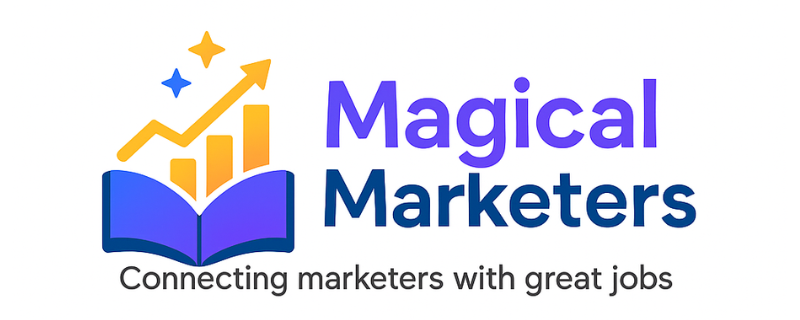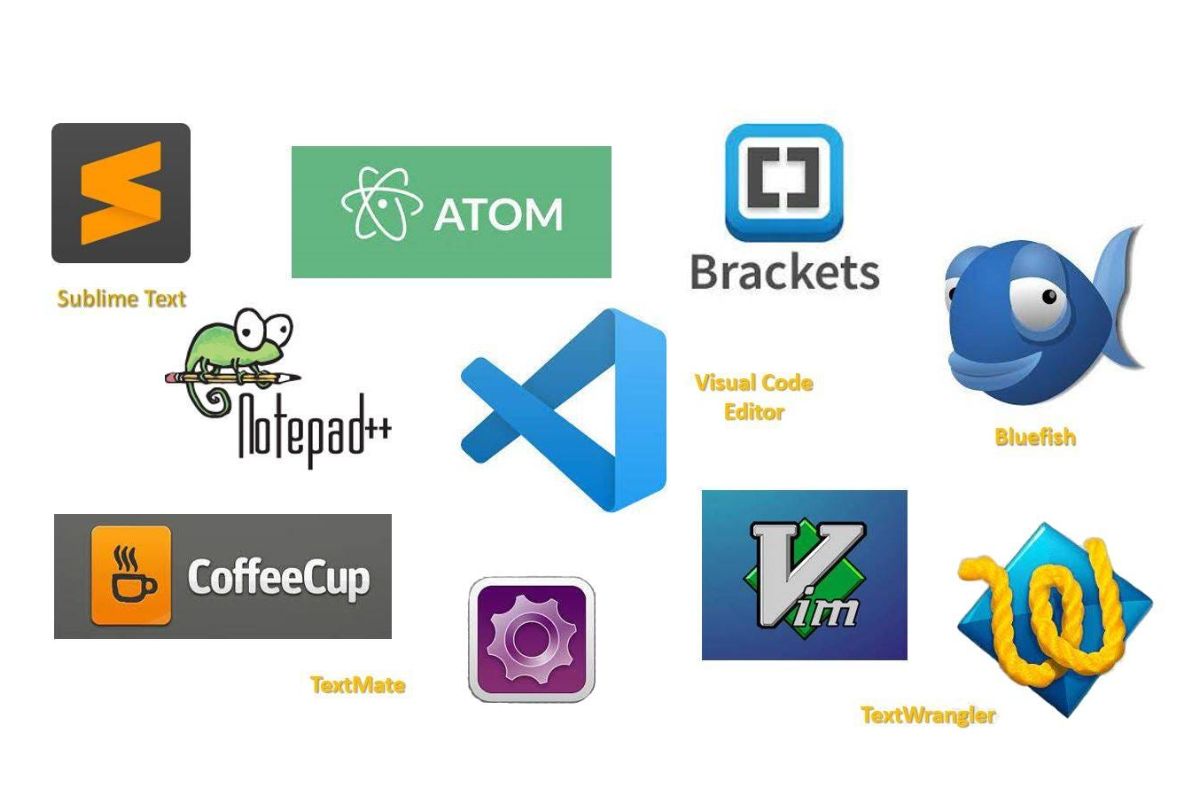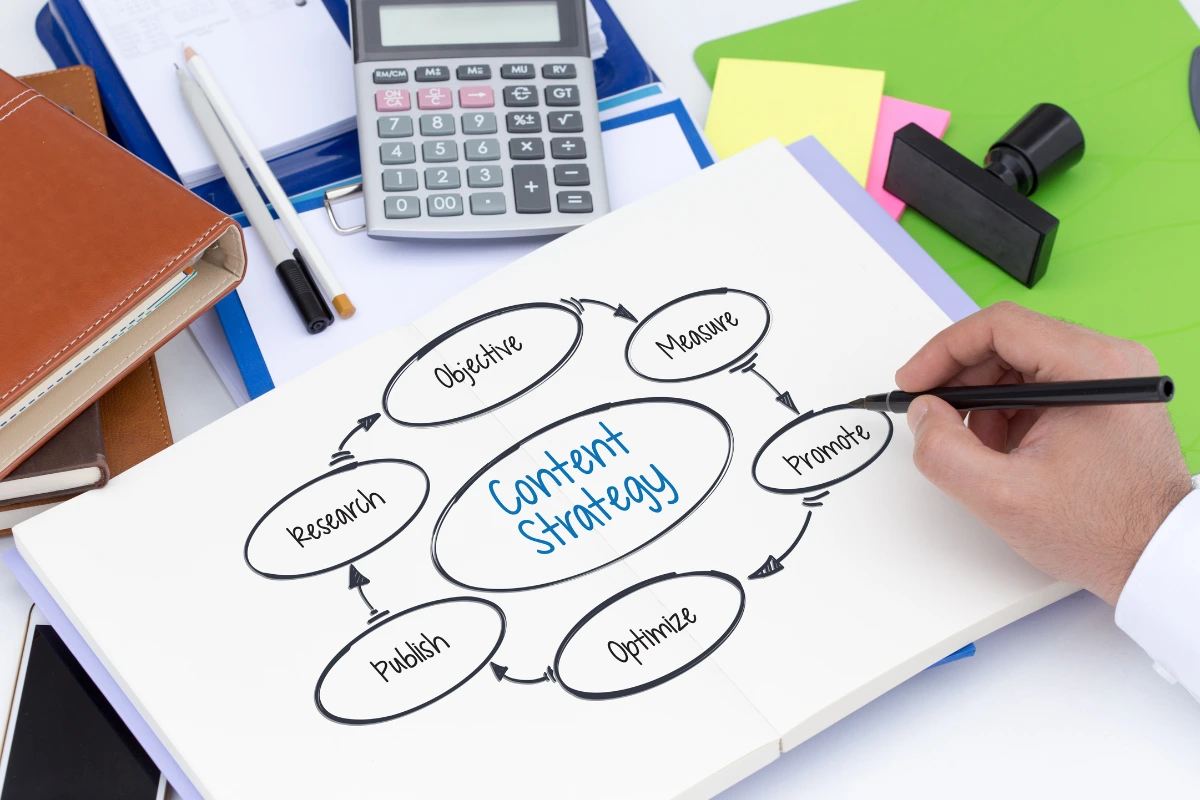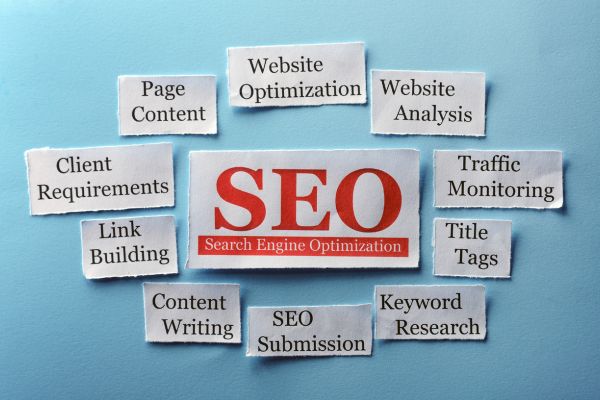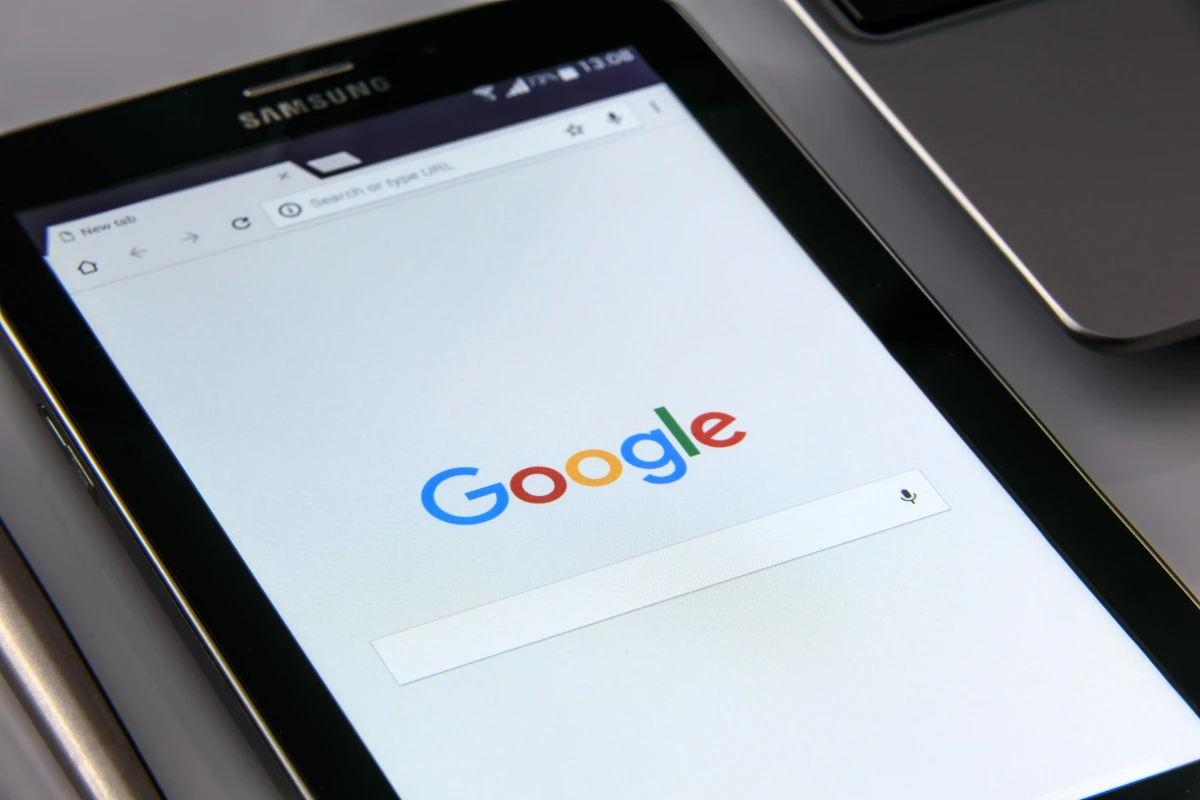Should You Or Shouldn’t You Take Their Recommendations from Ad Platforms?

In the rapidly evolving world of digital marketing, the landscape of advertising platforms has witnessed significant transformations. Over the years, platforms like Google, Meta (formerly Facebook), and Bing have made substantial strides in automating various aspects of advertising, making it easier for marketers to manage campaigns, optimise their strategies, and analyse data.
However, with this automation comes a question that every marketer must ask themselves: Should you trust the automated recommendations from these platforms, or should you stick with human insights and traditional practices?
The debate between trusting automated recommendations or human-led strategies has become more pronounced as the industry has progressed. This article aims to explore the pros and cons of automated ad platform recommendations, examine why human touch still plays a crucial role, and help you understand how to make the best decision for your campaigns.
A Brief History: The Evolution of Ad Platforms
To fully understand the issue, let’s take a step back in time and look at how ad platforms have evolved over the years. In the early 2000s, digital advertising was in its infancy, and platforms like Yahoo, AOL, and Ask Jeeves were the dominant players in the search engine space.
Advertisers relied heavily on human support from these platforms to guide their campaigns. Google Ads (formerly Google AdWords) and Meta’s advertising solutions were still emerging, and most strategies were managed through close relationships with platform representatives.
Back then, advertising was less automated. The few recommendations that came from platform representatives were mostly based on the human insight that the reps had gained over years of experience. These recommendations were typically seen as trustworthy, and advertisers followed them because they were considered industry best practices.
However, around 2012, something began to shift. Automation started to play a more significant role in advertising as platforms began introducing machine learning-based tools designed to optimise ad campaigns automatically. What began as helpful tools quickly turned into aggressive recommendations aimed at increasing spend.
The Rise of Automated Recommendations
The turning point in the industry came when platforms like Google, Meta, and Bing began relying on machine learning algorithms to provide advertisers with automated recommendations. These recommendations were designed to optimise campaigns by analysing data in real-time, adjusting bids, targeting, ad placements, and more, to help advertisers achieve better results.
But while automated recommendations were faster and provided near-instant data insights, they often lacked the nuances that human judgment brought to the table. Over time, it became evident that these recommendations were, more often than not, focused on one goal: increasing ad spend.
For instance, you might get a recommendation from Google suggesting you increase your budget by 261%. However, upon further analysis, you may notice that this increase in budget results in only a 94% increase in clicks, with a 42% drop in conversion rate. While the data shows more clicks, the quality of those clicks is questionable. This is just one of the many examples where automated recommendations may push for higher spend without guaranteeing better results.
Similarly, platforms like Meta might recommend actions for features that don’t even exist within your current ad set, or in some cases, promote expansions into networks with questionable reputations, leading to invalid traffic or fraud. Such recommendations clearly lack the deeper understanding of a business’s specific needs and objectives.
The Value of Human Insight
While automated recommendations from platforms are undeniably faster, they often lack the human touch needed to understand the bigger picture of a brand’s marketing strategy. The core issue here is that platforms are designed to push for higher spend, and their automated recommendations are often built with this in mind.
They might suggest increasing budget, adopting new tools, or expanding into networks that don’t align with the marketer’s goals, which may, in fact, harm the campaign’s overall performance.
Human-based recommendations, on the other hand, tend to take a more strategic approach. Platform representatives—while often sales-driven—still bring a wealth of experience and a broader understanding of marketing strategies. They can help tailor suggestions that align with a brand’s unique goals, taking into account industry best practices, legal considerations, and long-term objectives.
For example, a human rep would likely know that expanding into a new network known for fraudulent activity is a bad move, while an automated system may simply suggest that expansion is beneficial, without understanding the risks involved.
Balancing Automation with Human Oversight
It’s important to clarify that automated recommendations aren’t inherently bad. When used correctly, they can save time, optimise campaigns, and catch mistakes that might have otherwise gone unnoticed. For example, automated recommendations might help you spot conflicts, such as when a keyword in your campaign isn’t performing well, or when you’ve missed an important optimisation opportunity.
However, the key to success lies in striking the right balance between automated insights and human oversight. It’s essential to view automated recommendations as a tool rather than a solution in itself. Automated tools can be incredibly efficient in identifying data trends and suggesting adjustments. Still, it’s up to the human marketer to ensure that the changes align with the company’s broader objectives.
Control Is Key
One of the most critical lessons in modern digital advertising is that control is paramount. If you’re using automated tools or AI-driven recommendations, you must keep a close eye on what is happening in your campaigns. If you let platforms automatically apply changes to your ads or budgets without oversight, you may find yourself in trouble.
This is especially true when it comes to creative assets. Automated systems may adjust text, change ad copy, or even add music to a video ad without your approval. If the creative isn’t in line with your brand’s message or doesn’t meet regulatory guidelines, it could cause significant damage to your reputation.
For instance, imagine you’re running ads for a highly regulated industry such as pharmaceuticals or finance. If the platform makes changes to your ad creatives without proper review, you might end up violating legal standards or causing customer confusion. This could lead to hefty fines or a damaged brand image.
Therefore, even if you’re using automated tools, you must ensure that you have enough control over how and when changes are implemented. An extra hour of review now can save you countless hours of damage control later.
The Role of Platform Representatives
While much of the industry has shifted towards automation, platform representatives still play an important role in ensuring your advertising strategy stays on track. A good account rep should provide personalised, industry-specific recommendations that align with your goals. These reps take a broader view of your campaigns and focus on quality rather than simply pushing for higher spend.
When working with platform reps, ask for clarification on their recommendations and request data to support their suggestions. Just because they recommend increasing your budget or switching targeting doesn’t mean it’s the right move for your business. Don’t be afraid to challenge them if their advice doesn’t align with your objectives. Ultimately, you know your business better than anyone else.
What Should You Do?
So, should you take the automated recommendations from ad platforms? The answer is not a simple yes or no. It depends on several factors, including the type of campaign you’re running, your goals, and the industry you operate in. Here’s a simple framework to help guide your decision:
- Use Automation to Save Time: Automated recommendations can help optimise campaigns and catch errors that you might miss. Use them as a starting point for further analysis rather than relying on them exclusively.
- Ensure Human Oversight: Always review automated suggestions and make sure they align with your business’s objectives. If you have doubts, reach out to your account rep for clarification.
- Don’t Rely on Automation for Complex Decisions: When it comes to complex or high-stakes campaigns, such as those in regulated industries, human insight is essential. Never allow automation to make critical decisions without human approval.
- Push Back When Necessary: Don’t be afraid to push back on platform recommendations, especially when they don’t seem to make sense or align with your goals. If a rep or an automated system suggests something, ask for supporting data and a detailed explanation.
- Use Control to Your Advantage: Automation works best when it is coupled with human oversight. Always ensure you have control over your campaigns, especially when it comes to creative assets and strategic decisions.
Conclusion
In the end, the decision of whether or not to take automated recommendations from ad platforms should not be made lightly. While these systems are faster and can save time, they lack the depth of understanding that human judgment brings. The key is to use automation as a tool, not a crutch, and to maintain a level of oversight that ensures your campaigns are aligned with your business objectives.
Calling all Marketers!
🔴 Are you tired of searching for the perfect job?
Whether you're into content writing, SEO, social media, graphic design, or video editing—full-time, freelance, remote, or onsite—we've got your back!
👉 We post over 30 job opportunities every single day. Yes, every day (all verified).
Join the most reliable and fastest-growing community out there! ❤️
And guess what? It’s FREE 🤑
✅ Join our WhatsApp Group (Click Here) and Telegram Channel (Click Here) today for instant updates.
